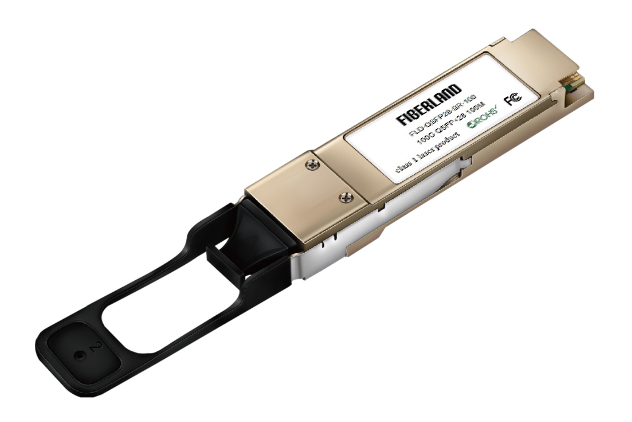Introduction
Transceivers are essential devices in electronics and communication. They are basically a transmitter and receiver composite, implementing the functions of both. The transmitter dispatches radio waves through an antenna while the receiver catches these radio waves and extracts all the meaningful and useful information from it. All the unnecessary signals picked up while transmissions are removed with the help of electronic filters fitted in these devices. Thus, only the pure message signal is received on the other end. This entire process is also called modulation and demodulation in electronics and communication. Modulation consists of changing the characteristics of a carrier signal on which the message signal is mixed. Then when the modulated signal is received by the receiver, the signal is demodulated by which the original message signal is retrieved.
Higher versions of Transceivers
With new technology coming out almost on a daily basis, it is not surprising that transceivers are being updated regularly too. Higher quality, faster versions of the device are being released in order to improve telecommunication networks around the world. There are many such versions of transceivers used today. The ones used in radio and telephone handsets, to the tens used for broadcasting television signals and satellite communication as well. Even in small devices like our phones, tablets and walkie talkies, transceivers are a common entity. Without them, our entire sense of communication will be dead. Transceivers have faced major changes in its structure in the past few years with newer devices being smaller and faster in function. The small form factor pluggable transceivers are one of the newest editions to the list. With their smaller compact models which offer low electromagnetic interference and high speed, they have become an important part of the electronic devices we use on a daily basis. The SFP transceivers also have their own variations. There are the SFP+  models, SFP28 models, the QSFP+ and QSFP28 SR4, QSFP28 LR4 models as well. The QSFP in QSFP28 SR4 and QSFP28 LR4 stands for quad small form factor pluggable, which basically has a four lane system for data traffic which allows these devices to run at at a speed which is 4 times as high as their normal SFP counterparts. SR and LR stand for short reach, usually unto a distance of 300 meters, and long reach, which is up to a distance of 10 kilo meters. SR4 and LR4 basically mean that the transmission and reception takes place 4 times faster than normal. With QSFP28 SR4 and QSFP28 LR4, one can reach speeds up to 100 giga bits per second. This speed can be enhanced further by using higher models of SFP and modifying them into QSFP28 SR4 and QSFP28 LR4 models. The SR model works at around 850 nano meters while the LR version works at 1310 nano meters wavelength.
models, SFP28 models, the QSFP+ and QSFP28 SR4, QSFP28 LR4 models as well. The QSFP in QSFP28 SR4 and QSFP28 LR4 stands for quad small form factor pluggable, which basically has a four lane system for data traffic which allows these devices to run at at a speed which is 4 times as high as their normal SFP counterparts. SR and LR stand for short reach, usually unto a distance of 300 meters, and long reach, which is up to a distance of 10 kilo meters. SR4 and LR4 basically mean that the transmission and reception takes place 4 times faster than normal. With QSFP28 SR4 and QSFP28 LR4, one can reach speeds up to 100 giga bits per second. This speed can be enhanced further by using higher models of SFP and modifying them into QSFP28 SR4 and QSFP28 LR4 models. The SR model works at around 850 nano meters while the LR version works at 1310 nano meters wavelength.
Conclusion
With these new devices which have customised parts for better performance, one can easily understand how the world of telecommunication and electronic devices is changing. With its current progress, it will soon become one of the leading industries in the world.